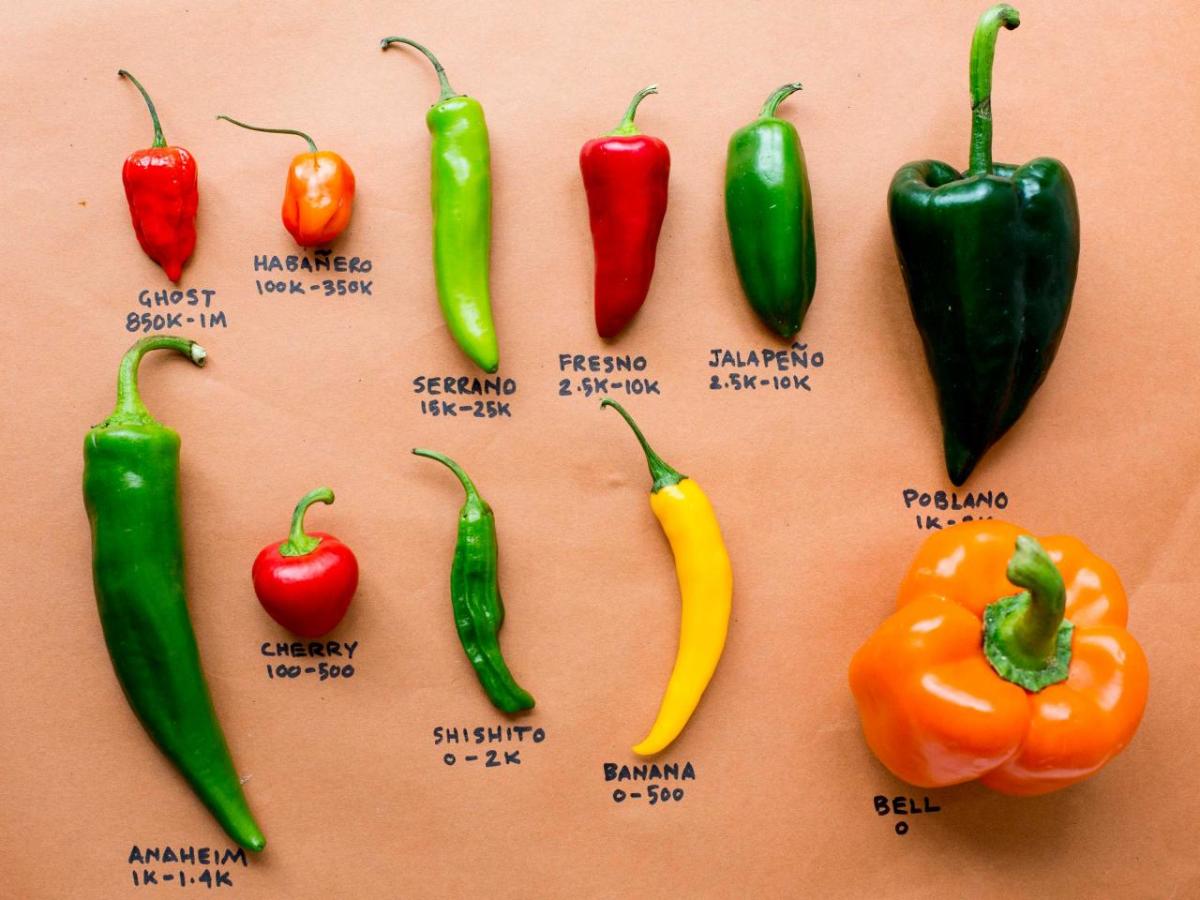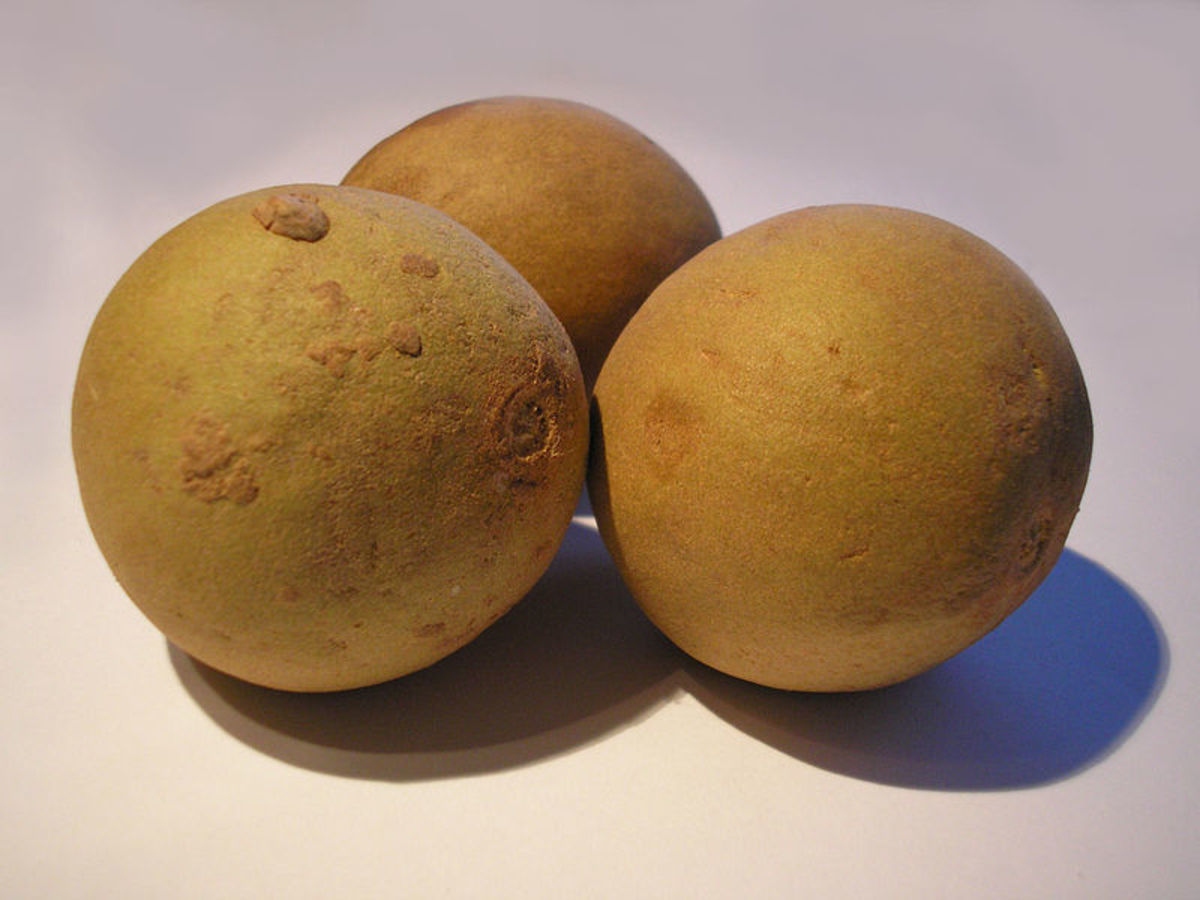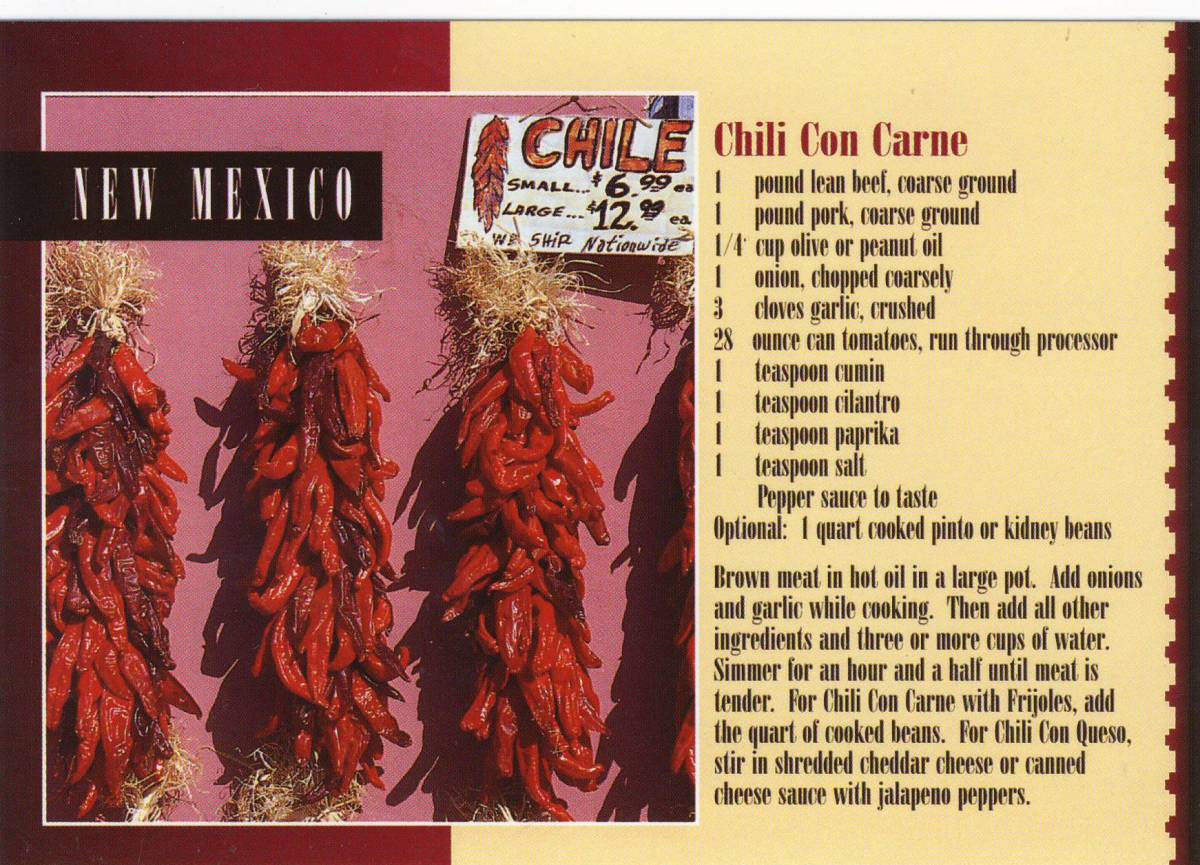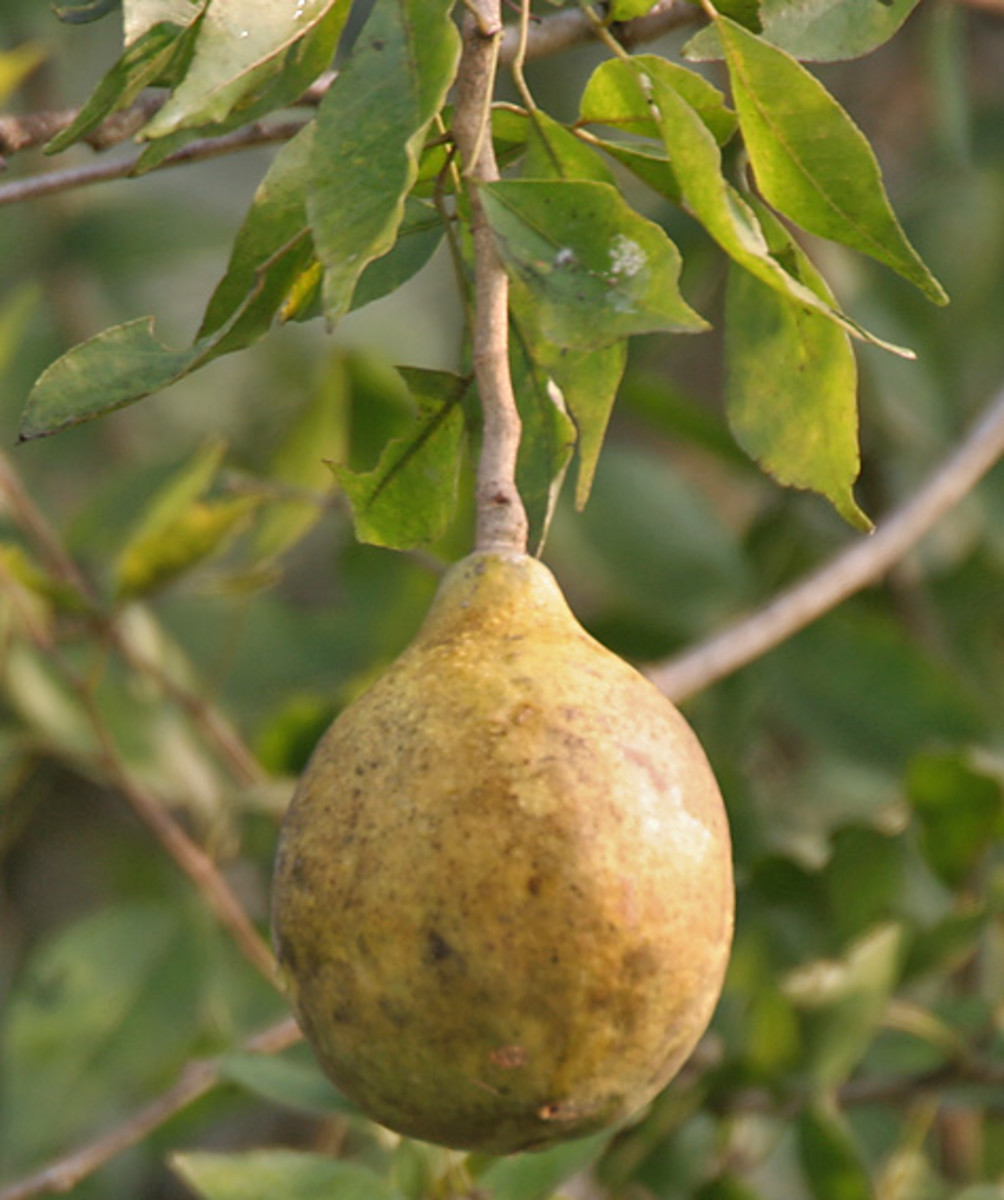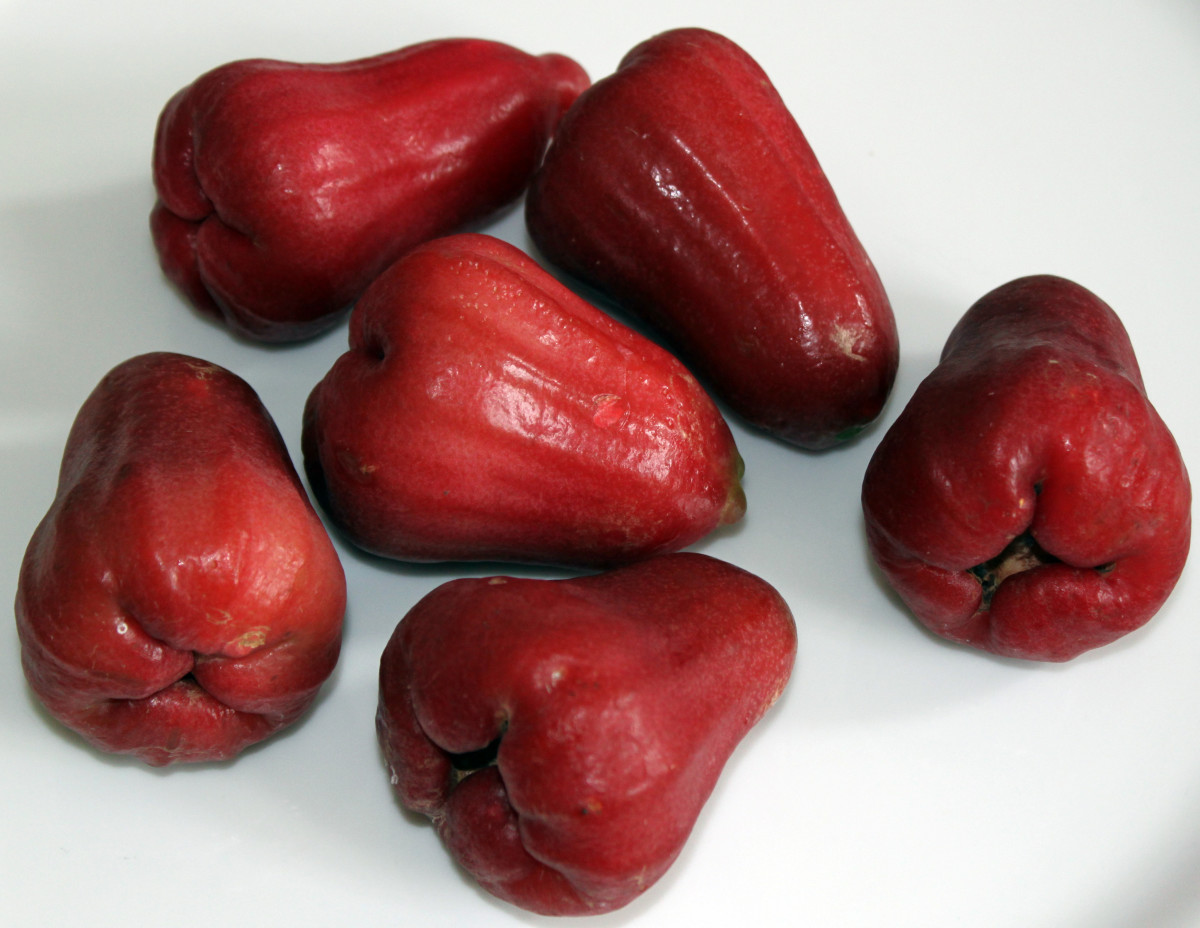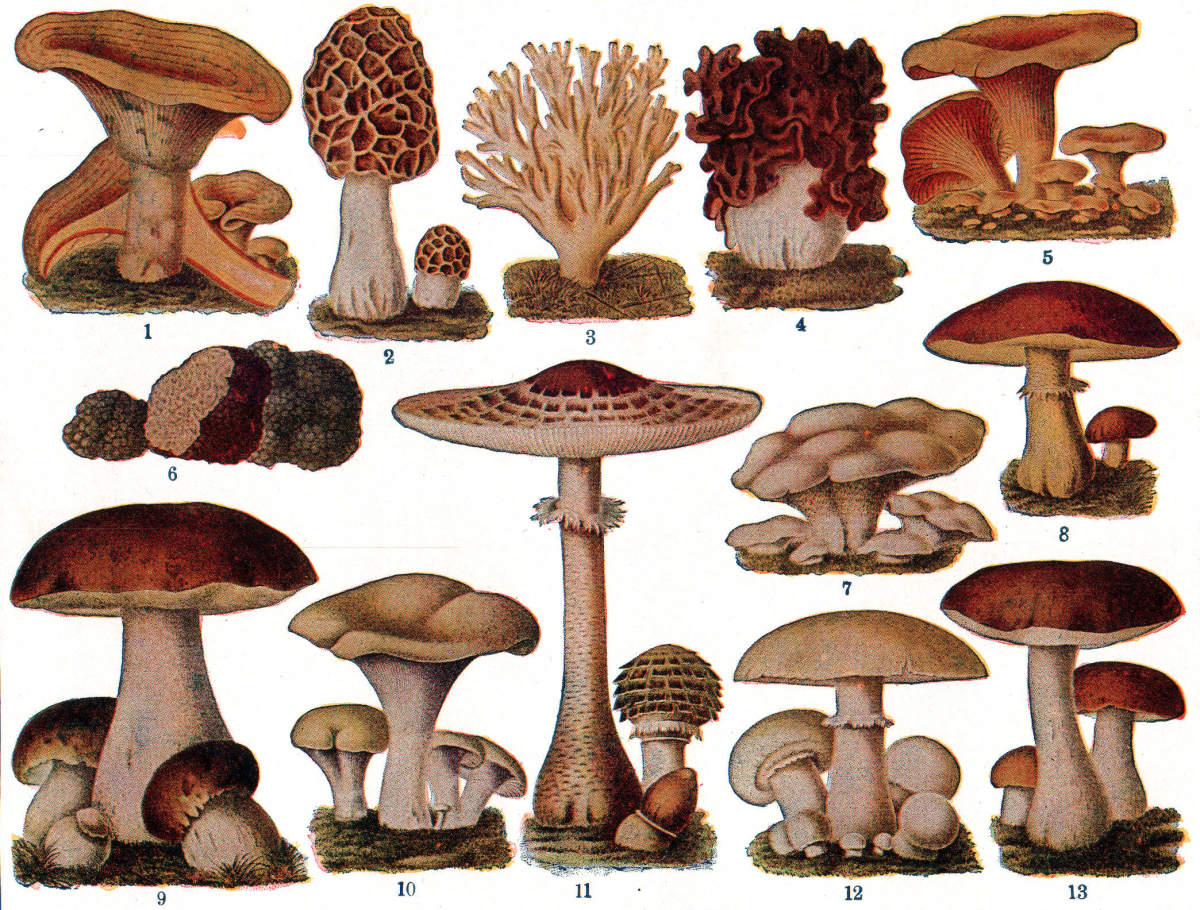Why I love my chili
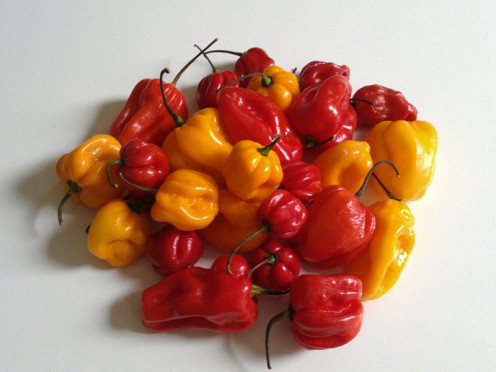

By Michelle Liew Tsui-Lin

Your chili tolerance
How hot are your tastebuds?
I have to confess and lay my cards on the table. I am chili queen.
Being a Straits born Chinese from Singapore, or a Peranakan, makes me all too familiar with this spice.
For I was raised on the hot little vegetable since my early years, with my Peranakan grandmother constantly doling out dishes of curry and rendang, or spicy beef.
Chili has since become an integral part of my personality, enhanced by good doses of tolerance and exposure I attribute to being Singaporean and a citizen from the small island of chili.
Many others the world over also know of its benefits and the fact that it simply makes food scrumptious.
Yes, chili is good for us. It also makes eating fun.

Chili facts
The origins of chili
There are many chili related legends, originating from all parts of the world owing to their prolific use in cooking. Here are some of these fascinating ones.
16th Century
Chilis were introduced to South Asian and began to dominate the world spice trade. They were ferried by Arab and European traders. Pungent varieties being the most common, these were easily incorporated into South Asian cuisine.
Many varieties have since developed. This was compounded by Columbus’ discovery in South America that rivaled the South Asian variety.
!7th Century
The first recipe for chili corn carne was said to have been put on paper by a beautiful nun, Sister Mary Agreda of Spain. Known the the Indians of the Southwest as La Dama De Azul” or the lady in blue, it was said that she would go into a ghostly trance for days. It was said that her spirit would go to a faraway land where she would evangelize.
18th Century
Families from the Canary Islands at Bexar and settled down in what is known as the city of St.Antonio. They had emigrated to Texas by order of the King of Spain, Philip. The women often prepared a spicy stew which is similar to chili.
The first chili tree was cultivated in Texas by cowboys as a staple for hard times while travelling around the gold mines. The cooks on the trail concocted a stew, pounding dried beef, fat, pepper and salt. To preserve and ration the concoction, they pounded the chili into stackable bricks that could be stored then rehydrated with water.
Inmates of Texan prisons also claim to be the creators of chili. The cheapest available chilies and beef were combined in a stew and became a sort of status symbol, were prisons were rated for their chili.
The chili went national in 1893 when Texas set up the San Antonio Chili Stand at the Columbian Exposition in Chicago. The Chili Queens and the stand became unique peculiarities of the city.

Sambal Belachan from Malaysia!
Myths about chili
Many myths surround chili, owing to their popularity and a common craving for them.
Myth 1
Hot pepper seeds are believed to hold most of the pepper’s heat. It is actually the white pith in the chili that is the hottest part of the vegetable.
Myth 2
Contrary to belief, hot peppers do not cause haemorrhoids. There is no reason why people with or without haemorrhoids should not enjoy chili.
Myth 3
The myth that chili can kill is partially true. Partially because chilis, when consumed in excess, can cause death. In a study done in 1980, it was concluded that a person of 150 lb would die if he consumed 3 lb of extremely hot chilies.
Myth 4
No, chili does not kill the taste buds, though it may make the mouth numb and the throat sore. Even if taste buds are numbed for a while, they completely replace themselves within two weeks.

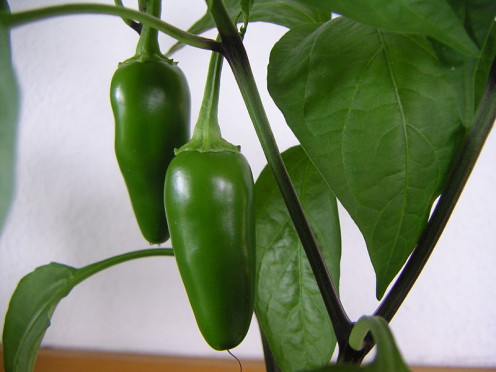
The Benefits of chili
Chili, as with any other vegetable, does not just make a dish taste good. People who enjoy chili also enjoy the better health that comes with eating it!
It is good for the immune system.
Chili gives the immune system a boost.being rich in both Vitamins A and C. The bright red color of chili is a sign that it contains high levels of beta carotene, an essential Vitamin A compound, which helps to maintain healthy mucous membranes. Two teaspoons of chili pepper supply 6% of a person’s daily Vitamin A requirement and over 10% of Vitamin C. Red chilis contain antioxidants which fight bowel and prostate cancer, while orange and yellow chilis hold alpha carotene. A fresh chili would also contain B Group vitamins and Vitamin E.
Clear the common cold!
Chilis help with the common cold because they clear congestion. The peppery heat from chili helps generate mucus secretions that clear one’s stuffed up nose or lungs. Please do not add these in drastic amounts to other remedies!
It facilitates the breakdown of food.
Chilies are great for diabetics because one’s body does not need as much insulin to break down food. Chilis, according to the July 2006 edition of the American Journal of Clinical Nutrition, reduce the need for insulin by up to 60%. When chili becomes a regular part of the diet, the need for insulin is even lower.
They promote better cardiovascular function.
Chilies reduce blood cholesterol, triglyceride levels and the aggregation of platelets, thereby increasing the body’s ability to dissolve fibrin, a substance integral to the formation of blood clots. It is found that in cultures where a lot of chili is eaten there is a lower rate of heart attack, stroke and pulmonary embolism. It also facilitates sleep, which is essential for cardio vascular health, according to a 2006 Tasmanian study.
Chilies prevent stomach ulcers.
If you have heard old wive’s tales about chili causing ulcers in the stomach, do not believe them. Chilies do the exact opposite and kill bacteria that settle and create ulcers in the stomach. They thus improve digestive conditions.
It gets rid of unwanted weight.
Chili helps rid a person of a few unwanted pounds. All the heat produced after eating chili is a result of the burning of calories. This is known as thermogenesis (heat production) which occurs for 20 mins after chilies are eaten.
Chili reduces inflammation.
Chilies reduce inflammation, such as that related to arthritis. The high level of capsaicin also acts as a effective pain reliever. Some creams have been found to be effective in the treatment of arthritis, though it has not been scientifically proven.

Bhut Jolokia
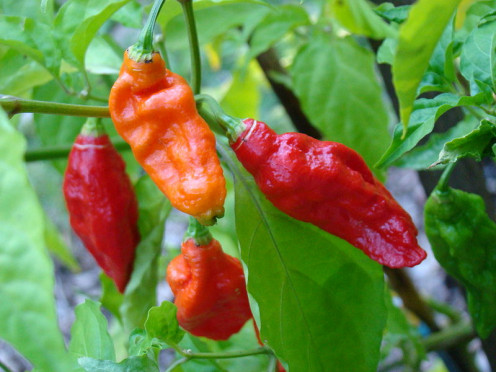
Some of the world’s hottest chilies
The next time you visit the vegetable seller at the market and are in search of hot varieties of chili, do keep a look out for these spicy fellows!
Bhut Jolokia
Found in Assam in India and other regions such as Manipur and Nagaland, this fellow tips the scales at over a million scoville heat units or SHUs, the measurement for the heat of spice. It has been certified as one of the worlds’ hottest chili peppers by the Guiness Book of World Records.

Fatalii

Fatalii
Originating from central and Southern Africa, the chili has a fruity citrus flavor and are very hot at 350,000 Scoville units. It is the world’s 7th hottest pepper.

Hanabero
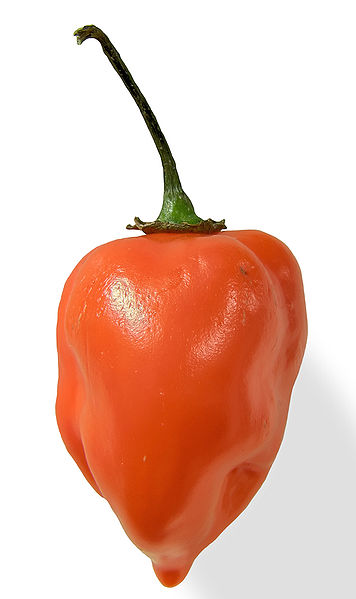
Habaneros
Habanero peppers come from the Amazon region and are INSANELY hot from 100,000 to 350,000 scoville units. They come in a variety of colors - red, pink, white and brown.It migrated as traders from Colombia brought them to the Caribbean. They are usually seen in the pureed or salsa form.

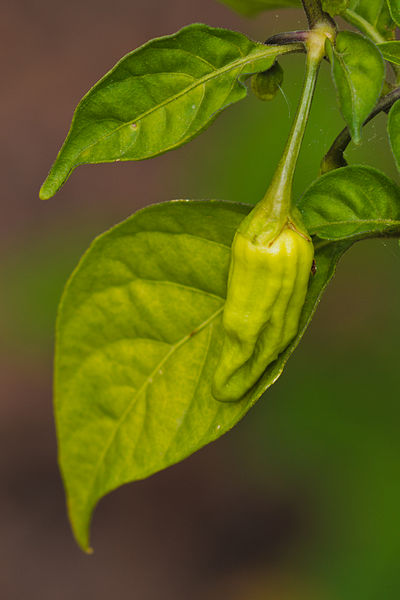
Naga Morich
The Naga Morich or the Dorset Naga Pepper, is one of the hottest peppers known. It has an unusual, tart and slightly sweet flavor, in this respect differing from chilies like the Bhut Jolokia.

Pequin Peppers
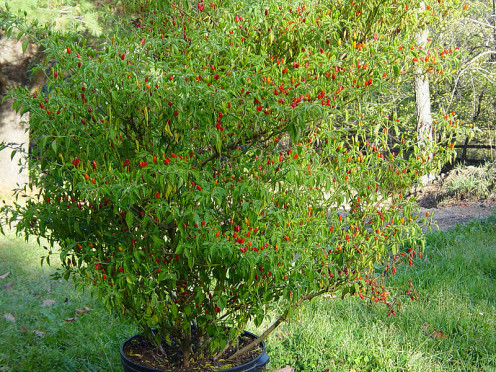
Pequin Peppers
This compact little fellow which hails from the land of Mexico is super hot at 140,000 scoville units. The fruit usually grows no taller than 2 cm!

Scotch Bonnet
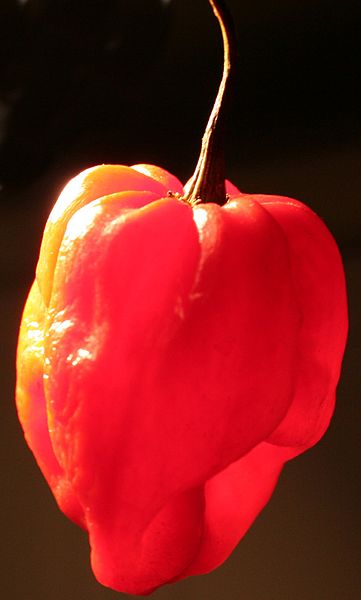
Scotch Bonnet
Found mainly in the Caribbean region, these fellows are super spicy at 100,000 to 350,000 scoville units. It is also grown in Guyana, where it is known as the ball of fire because of its bulbous shape. It is used to flavor many dishes worldwide.

Tepin

Tepin Chili Seeds
From the Nahuati word meaning “Flea”, this grows wild in the deserts of Texas and New Mexico.The tiny peppers are an orangy red. It is fantastically hot at 265,000 scoville units.

Trinidad Moruga Scorpion
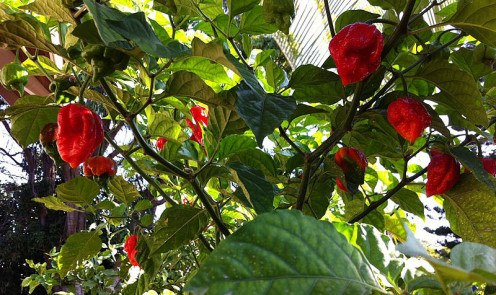
Trinidad Moruga Scorpion
This fellow, the hottest pepper in the world, is not named scorpion without reason. Grown in the Moruga region of Trinidad, the golf ball sized pepper does not seem so hot at first but builds to an extremely spicy level in the mouth. Surprisingly, it is balanced by a tender, fruity flavor.

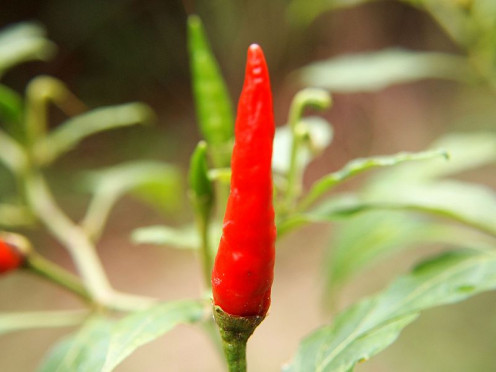
The Epulaeyu Poem
The chili is my favorite fruit, so I include an Epulaeryu poem in its honor. Devised by Joseph Spence, who traveled the world in search of new foods, this short poem has the following structure:
7-5-7-5-5-3-1
With 7 syllables in the first line, 5 in the second, 7 in the third and so on. It usually ends with an exclamation mark to the author’s favorite food.
Fiery spice that overwhelms
Yet tastes so divine;
The boon of health at its helm
Treasured and enshrined
Senses inflamed
Tastebuds piqued
Wow!


Conclusion
Do enjoy some chili today!
Original work by Michelle Liew Tsui-Lin
All rights reserved

Other Health Hubs by Michelle Liew
- Eczema-symptoms, causes and coping:my husband's expe...
Eczema is a skin condition that causes a lot of discomfort. What are its causes, symptoms and how do we cope with it? - How to use music to reduce or stress levels:listenin...
An article on how music can relieve stress and some stress busting music tracks. - The benefits and disadvantages of our favorite desse...
On the benefits and disadvantages of ice-cream, and an epulaeryu poem. - The benefits of chocolate, myths and a poem
On the benefits of chocolate, why we love chocolate, a few chocolate myths and an epulaeryu poem. - The wonderful qualities of the monk fruit
Blurb: On the cooling effect of the Monk Fruit. - A Wonderful Expression - the importance of smiling a...
A hub on the social and health benefits of a good smile - we should all smile more often!



